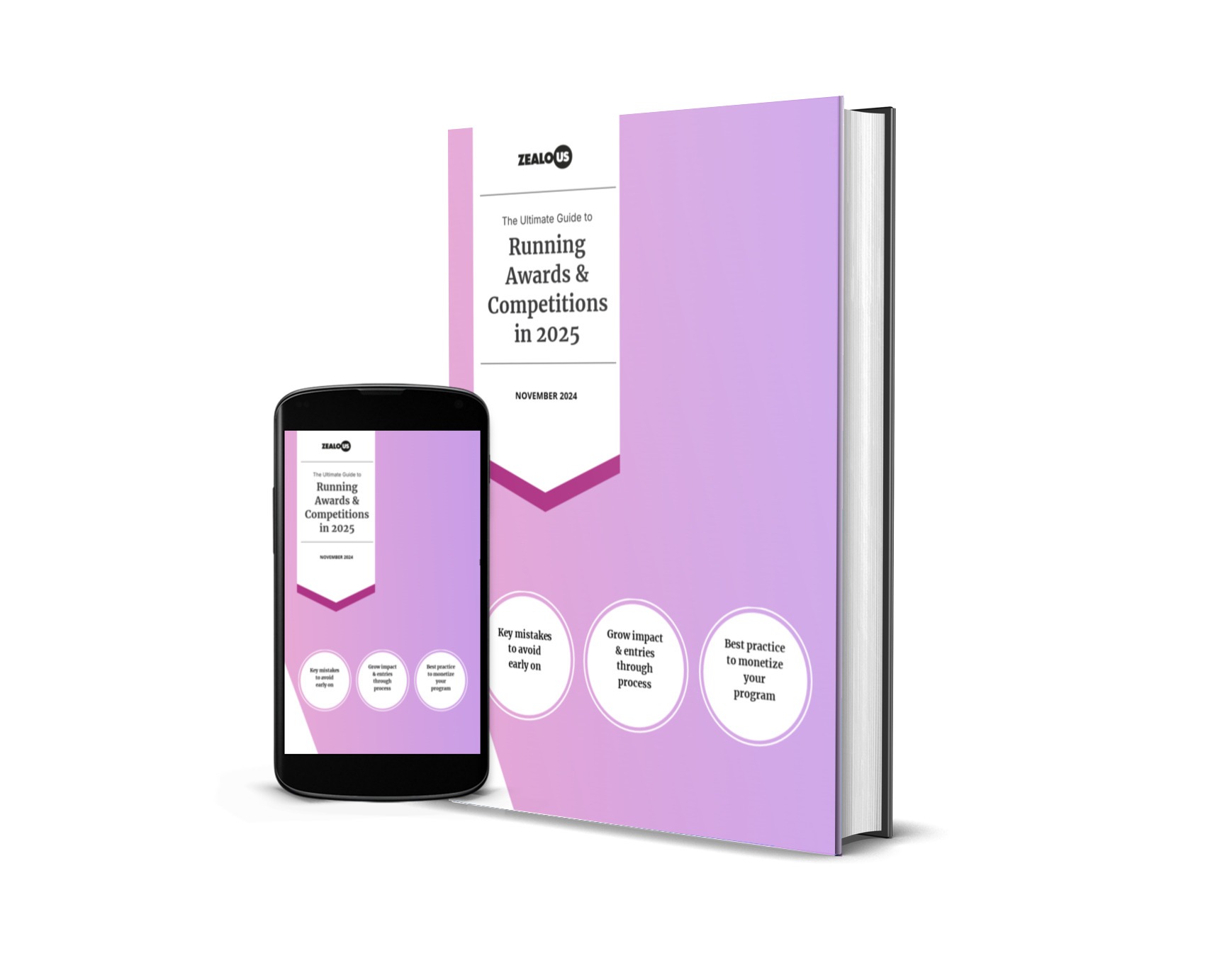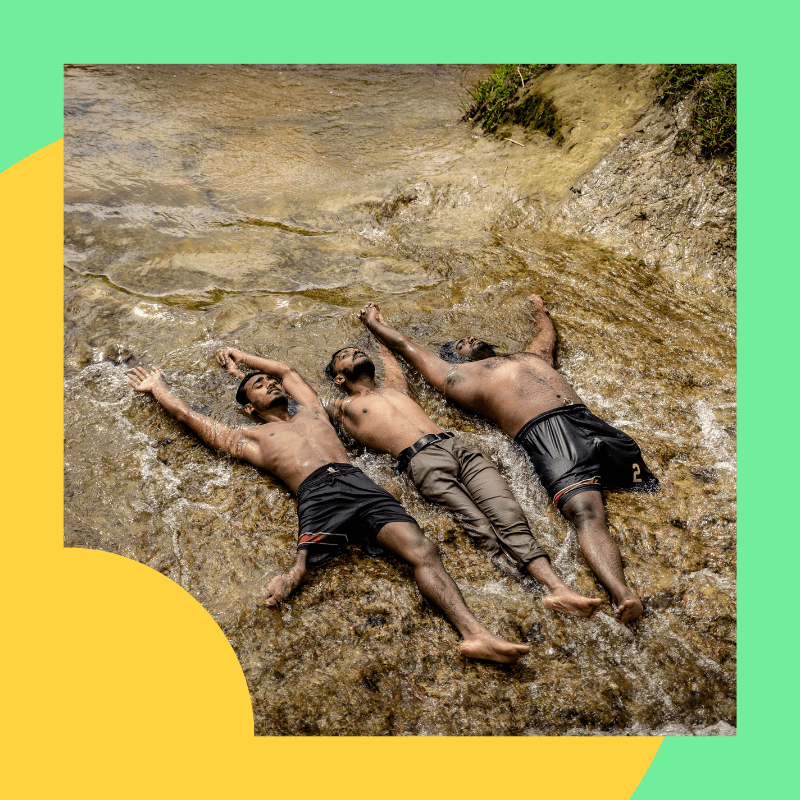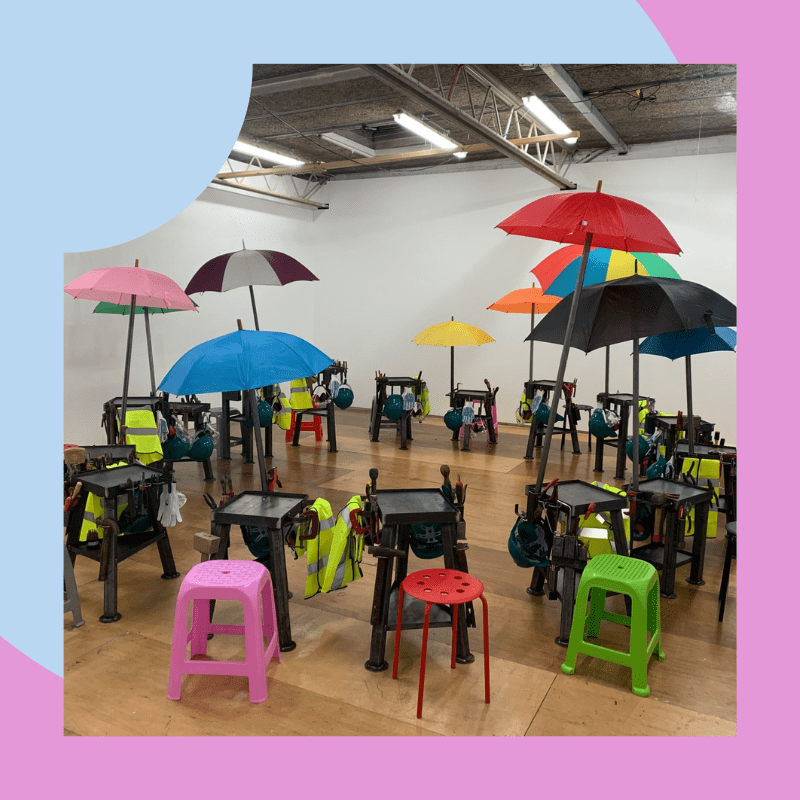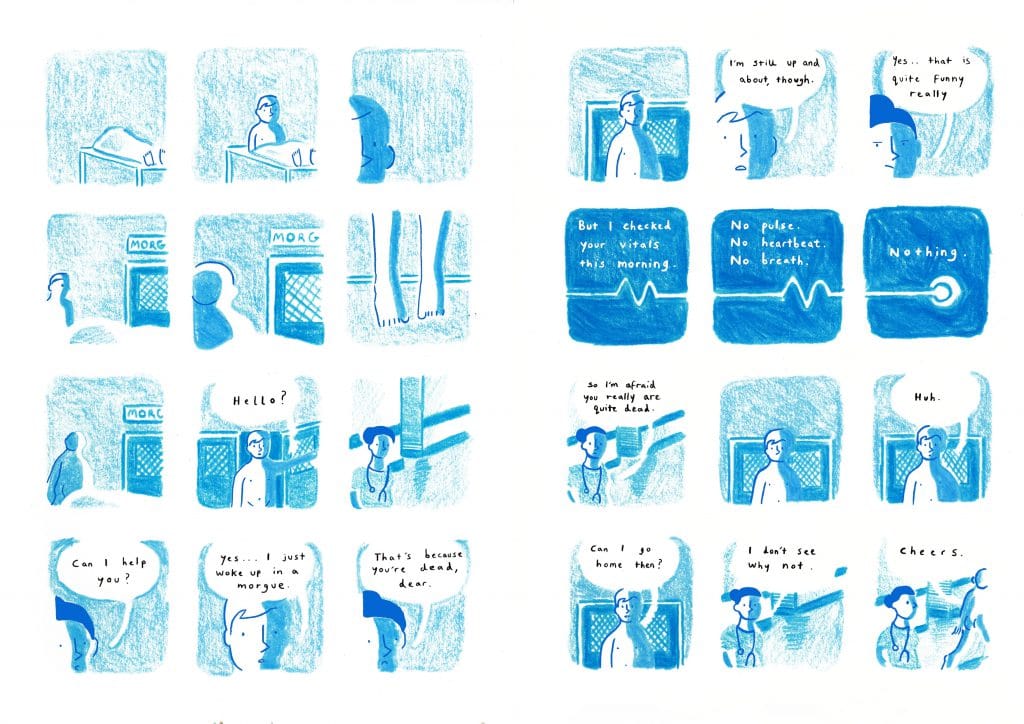
Could you tell us a little about your creative background? When did you start pursuing this art form?
I’ve been making comics for as long as I can remember and would make little comics as a hobby all throughout my school life. It was only in sixth form when I started seriously thinking I could pursue drawing properly, and I went to UWE a couple of years later, intent on making picture books and graphic novels. At the start of my third year, I had never made anything as long as Dirt before. All my comics before were a couple of pages long at best, and I wanted to challenge myself to make something lengthier.
As a graphic novelist, what do you feel distinguishes the medium from other narrative forms?
I think graphic novels are limitless. You can tackle pretty much any subject matter within a graphic novel, and in such a succinct and accessible way. It’s such a broad medium to work in, with so many different genres and potential audiences. I think Dirt could have only been presented as a graphic novel. It couldn’t have been a book or a film.
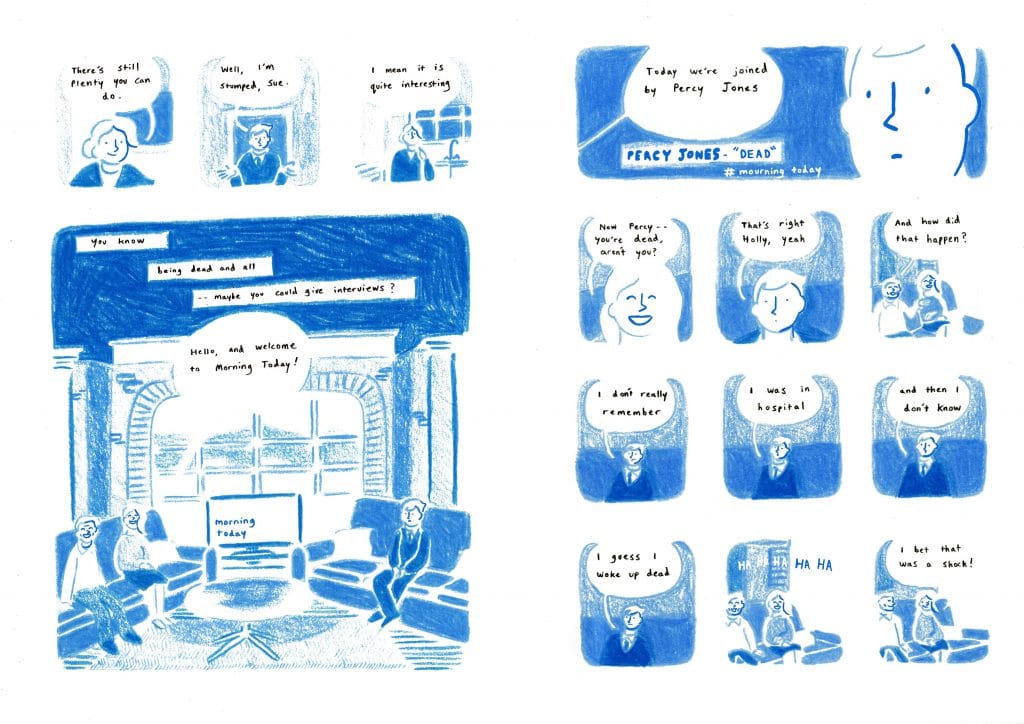
You were inspired by a series of graphic novels including “The Gigantic Beard That Was Evil” by Stephen Collins. How has this manifested within your own work?
Stephen Collins has a great way of having his characters speak as though nothing about their predicament is unusual. I found great inspiration in having characters talk as though their extraordinary circumstances have only mildly inconvenienced them at best. I think the way my characters interact with one another owes a great deal to Stephen Collins, and how he presents ordinary people dealing with fantastic situations.
Your winning work “Dirt” tackles the topic of death, nevertheless you present your project in a delightfully humorous way. Is this satire a means of conveying an underlying message that is important to you?
Initially Dirt was written as I thought a story about a corpse coming back to life would be morbidly quite funny to draw. The more I wrote, the more it became about grief and moving on. I’d like to think that Dirt isn’t really that profound, but it’s about making use of the time that you’re given, because nobody lives forever. Beyond that, I think I just wanted to tell the story of a relationship dealing with a real loss but moving forward in their lives.
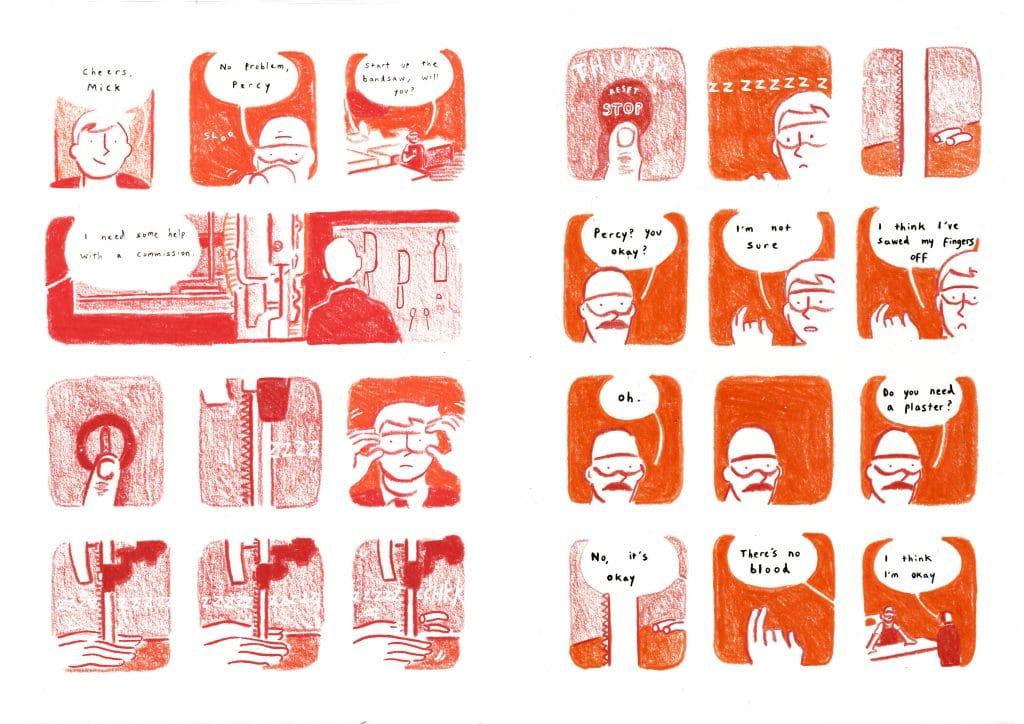
What is your process when it comes to creating a graphic novel? What comes first, the text or image, and how does the project take form?
They both come at the same time. I’ll draw a tiny little thumbnail of what I want the page to look like and then write a short script next to it. It’s then chopped and changed a lot of times to make the text compliment the image, and vice versa. I wrote the first 30 or so pages of Dirt back in my first year of university, and had a sketchbook full of these tiny thumbnails, and just shelved it for years! I only wanted to come back to it when I knew I had the time and the ability to tell the story the way I wanted it to be told.
Are you working on any other exciting projects that you can tell us about?
I’m working on a picture book about a city that gets shrunk down and relocated to inside a man’s head, which is as ridiculous as it sounds. I think after I graduate I would l like to make another long form graphic novel like Dirt. I’d love to make a story about working in retail or the service industry, and just take my worst experiences of working in those kind of jobs and draw them out. It’d be quite cathartic, I think. I have a big list back at my house stuck to the fridge of ideas I’d eventually like to make, hopefully I get through a fair chunk of it in the next couple of years!
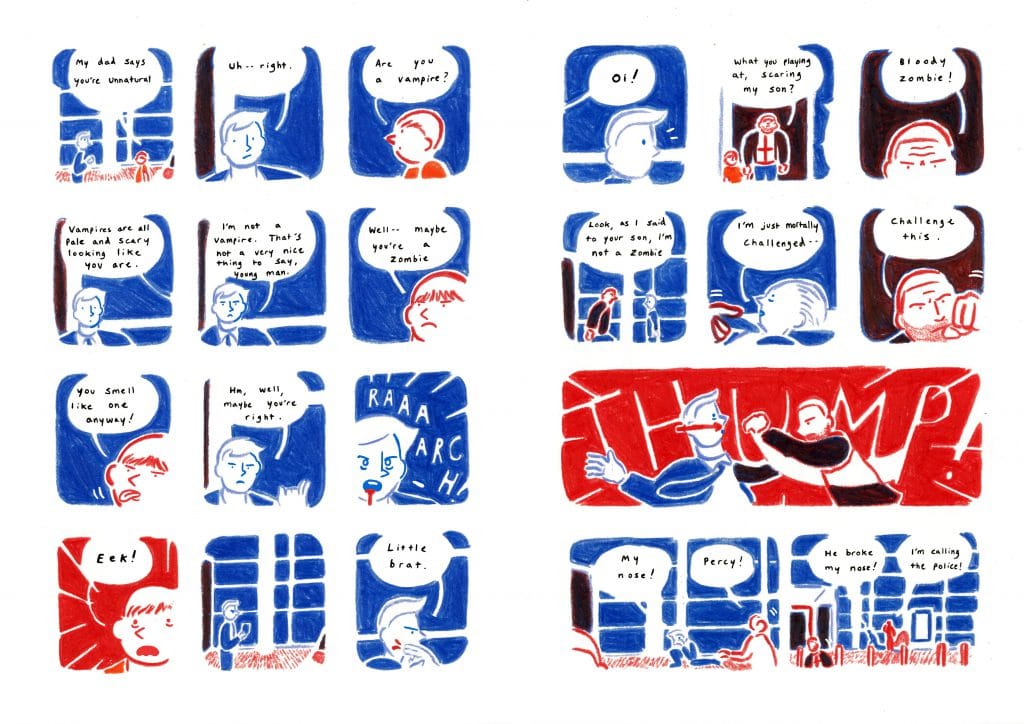
Initiatives such as the Batsford Prize can be a great means of getting your work out there. How has the prize helped you in your career and what top-tip would you give to other emerging creatives who want to gain more visibility?
The Prize has given me great contacts, with people in the publishing industry taking a sudden interest in my work. Take every opportunity with competitions, as you never know where they could end up and it’s always worth a go. Also, prepare if the opportunity presents itself. I made sure my website was up to date and had business cards to give people at the Batsford event, as I knew it was a rare opportunity to have publishers coming to see my work!
Website / Follow Lewis on Instagram
Want us to write more content like this? Give it a like
Share



